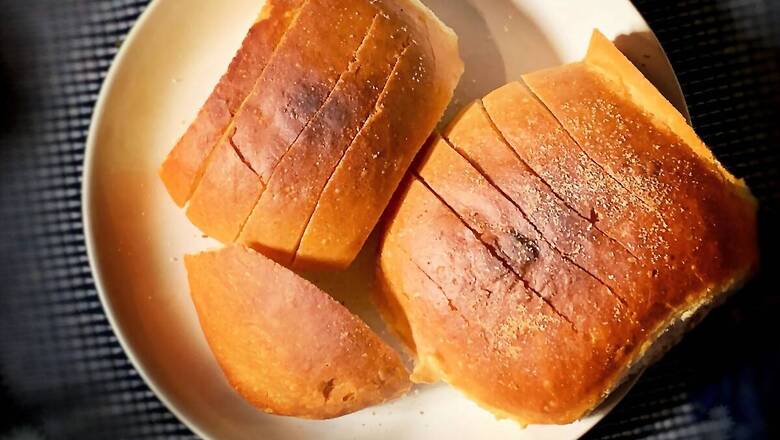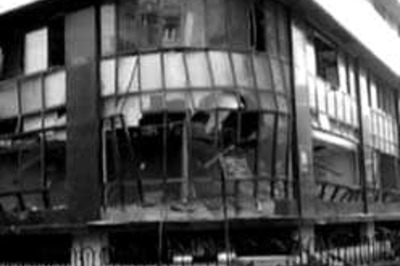
views
But where did this sudden love for baking come? What is our association with bread? In fact, bread as we know is one of the oldest foods man created. Flour and water mixed into dough and baked is as old as the hills, in fact maybe even older than some of the hills, close to at least 30,000 years ago. The age of agriculture brought in wheat, wheat bought in flour and bread never looked back. Every culture, community and clan has their own kind of bread. Most bread is baked, but it can be fried as well, like a luchi in Bengal or a puri in other parts of the country. The most commonly known European fried bread is probably the crêpe, in South America they have Sopaipillas, and the Italians make Zeppole bread. Or, bread can be steamed like a Bao or Mantou.
In India, as you know, we have a long list of breads, which includes the pav, the naan and roti, dosas, theplas, kulchas, parathas and the like. The history of bread-making in India, especially Bombay (now Mumbai), goes quite far back in time. It is 19th century, modern Bombay is facing severe economic decline, Goans, Portuguese priests and officials have started abandoning the walls of the fort and moving towards the outskirts of Colaba and Byculla, outside the fort of Bombay. Inhabited by indigenous converts, it was the largest Roman Catholic community on the island. The culinary tastes of these “Indo-Portuguese”, now influenced by western ways, had made pao or bread a way of life. And so pao, or bread, was a daily necessity.
Till today, the word pao remains part of a nickname, though slightly derogatory and quite resented by the Catholic Goan community of Bombay.
ALSO READ| What The Fork: Kunal Vijayakar’s Ode to the Street Food Vendor in India, Who Too is a Frontline Fighter
By the beginning of the 20th century, men with names like Khosraviani, Falahati, Zorabian, Kasnavia or just plain Irani escaped the depravation and despotism of the ruling Qajar Dynasty in Eastern Persia, and found solace in India. They migrated to Bombay and other places like Hyderabad, where the Iranis proved to be dexterous entrepreneurs and with their new and more astute methods of business sidelined the Goan baker, and the Goan baker could not brazen it out. The Iranis had invaded South Bombay. Those bakeries and restaurants are the ones we know today as Kayani, Sassanian and Yazdani. Several others could not survive the onslaught of time and generations.
But the potential for other European baking styles and breads had not yet been exploited. It’s only in the late ‘80s that five star bakeries and cake shops and then the Akerkars and Theobromas introduced us to focaccia and sourdough. From caramel-coloured, sliced faux brown bread, we all graduated to real whole wheat and multi-grain options. The Bombay Baking Company at JW Marriott was my first tryst with crusty French baguettes, soft buttery brioche, and hard sourdough rolls. Infused with oats, pumpkin seeds, the breads promised to be healthier and earthy.
The online ordering space too has burgeoned with a variety of breads available from a variety of home-style bakeries. What’s more, chefs and homemakers alike, with their partners and children pitching in, have fanned this baking and bread-making fire, the warmth of which has spread far and wide. Those afraid to indulge in the glutinous and reputation-fattening whites have healthier options. Bread made from millets and other homegrown pulses and lentils.
But for me, the Irani pav still holds supreme when made the traditional way. Much like a French baguette, albeit in a different shape, it is bread that to date comes out hot and fresh, three to four times a day, from an old wood/coal-fire oven. The aroma that fills the neighbourhood when the bread man loads his cycle with the hot loaves. That crusty golden loaf that is so soft inside that it absorbs soft butter like a hug on a winter’s day. That is the bread I like to break. At breakfast, lunch and dinner.
Read all the Latest News, Breaking News and Coronavirus News here


















Comments
0 comment